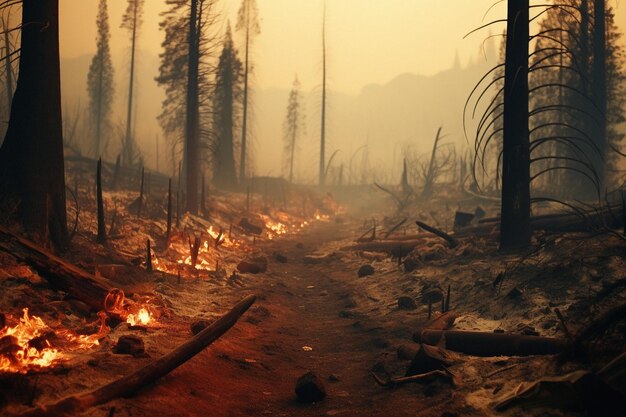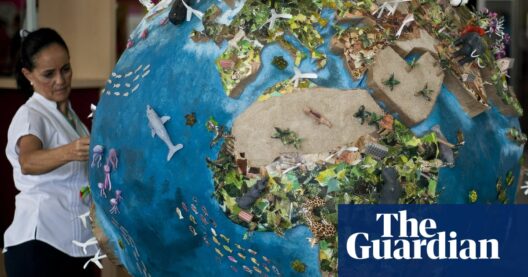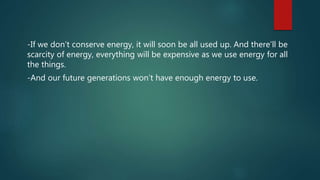Wildfires have become a common spectacle in recent years, but their devastating impact on ecosystems is often overlooked. The intertwining of global warming and the increasing frequency and intensity of these infernos emerges as a profound concern. This article delves into the intricate relationship between global warming and wildfires, exploring how rising temperatures not only fuel the flames but also obliterate invaluable habitats.
The phenomena of wildfires are indeed ancient; they are natural occurrences in many ecosystems. However, as human activities exacerbate global warming, we are witnessing an alarming transformation in these patterns. The convergence of prolonged droughts and higher temperatures creates parched landscapes ripe for ignition. What was once merely a seasonal flux has morphed into a chronic crisis, leading to unprecedented fire behavior.
Understanding the Mechanisms
To grasp how global warming escalates wildfire risk, we must first examine the climatic alterations at play. As atmospheric temperatures rise, moisture is extracted from the soil and vegetation, rendering them drier and more combustible. The American West, for instance, has experienced an alarming reduction in snowpack and increased evaporation rates. This hydrological shift creates a tinderbox environment.
Moreover, rising temperatures amplify the frequency of extreme weather events. Heatwaves become more intense, and storms become more erratic, resulting in conditions that favor wildfire ignition and spread. Lightning strikes, for instance, are poised to increase with changing weather patterns, providing a significant catalyst for wildfires.
Human Influence: A Catalyst for Catastrophe
While natural factors contribute to wildfire outbreaks, human activity significantly exacerbates the crisis. Urbanization has encroached upon once pristine habitats, creating interfaces where human-made structures and nature collide. As humans seek to inhabit areas of stunning beauty, they inadvertently raise the stakes. Accidental ignitions, whether from discarded cigarettes, malfunctioning equipment, or ill-advised campfires, result in catastrophic consequences.
Furthermore, land management practices have often stifled natural fire cycles. Efforts to suppress fire have created an accumulation of dead vegetation and underbrush, which now serves as a veritable powder keg. Firefighters’ attempts to contain wildfires without addressing underlying ecological imbalances often lead to even larger and more uncontrollable infernos.
The Ecological Domino Effect
The repercussions of wildfires on ecosystems extend far beyond immediate devastation. As habitats are scorched, countless species lose their homes. The aftermath of wildfires often results in soil erosion, loss of biodiversity, and disruption of established ecological relationships. Birds that relied on trees for nesting, amphibians that thrived in moist underbrush, and mammals that depended on native plant species face catastrophic challenges.
In the wake of a fire, the recovery of ecosystems is neither swift nor guaranteed. Invasive species often exploit the wake of destruction, outcompeting native flora and altering habitats irreparably. The complex tapestry woven by years of ecological evolution is torn asunder, leading to diminished resilience and increased vulnerability to future climatic extremes.
Climate Change: A Never-Ending Cycle
Ironically, the destruction wrought by wildfires contributes further to climate change. Forests act as carbon sinks, sequestering carbon dioxide and helping to mitigate global warming. However, when trees are consumed by flames, vast amounts of carbon are released back into the atmosphere, exacerbating the greenhouse effect. This vicious cycle underscores the urgent need to confront both global warming and wildfire management comprehensively.
Shifting Perspectives: A Call for Sustainable Practices
Addressing the dual crises of global warming and wildfires requires a paradigm shift in how we approach land management and climate action. Sustainable forestry practices, such as controlled burns and reforestation, can restore ecological balance while reducing wildfire risks. Integrated fire management strategies must prioritize collaboration between governmental agencies, indigenous communities, and local stakeholders to create diverse, resilient ecosystems.
Public awareness and education play pivotal roles in driving behavioral change. Understanding the interconnectedness of our actions and their ecological repercussions empowers individuals and communities to act responsibly. Engaging citizens in fire prevention initiatives and habitat restoration projects cultivates a shared sense of stewardship.
Adapting for the Future
As global warming continues to shape our world, adaptation strategies are essential for mitigating wildfire impacts. Infrastructure must be fortified against fire threats through the implementation of firebreaks and the use of fire-resistant materials. In addition, urban planning must consider the realities of fire-prone areas, ensuring that development does not further encroach upon vital habitats.
Technological innovations can also provide valuable tools for early detection and intervention. Satellite monitoring systems and drone surveillance offer real-time data on fire conditions, allowing for quick responsive measures. Utilizing artificial intelligence can enhance predictive modeling, enabling better preparedness against potential wildfire threats.
Conclusion: The Collective Path Forward
In navigating the complex web of global warming and wildfires, it is imperative to recognize the shared responsibility we bear. By uniting efforts to combat climate change and promote ecological resilience, we can create a future where both wildfires and their devastating effects on habitats are significantly diminished. As stewards of the planet, it is our duty to inspire a deep-rooted change in perspective and foster a sense of urgency that transcends borders, ensuring that future generations inherit a world where forests continue to thrive—untouched by fire.








